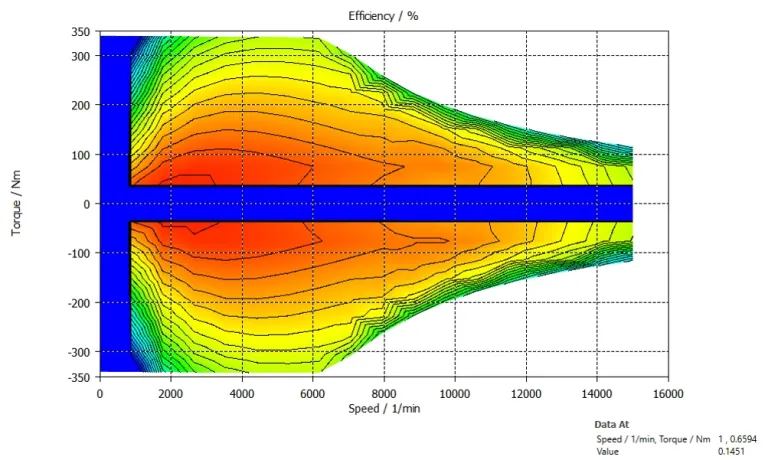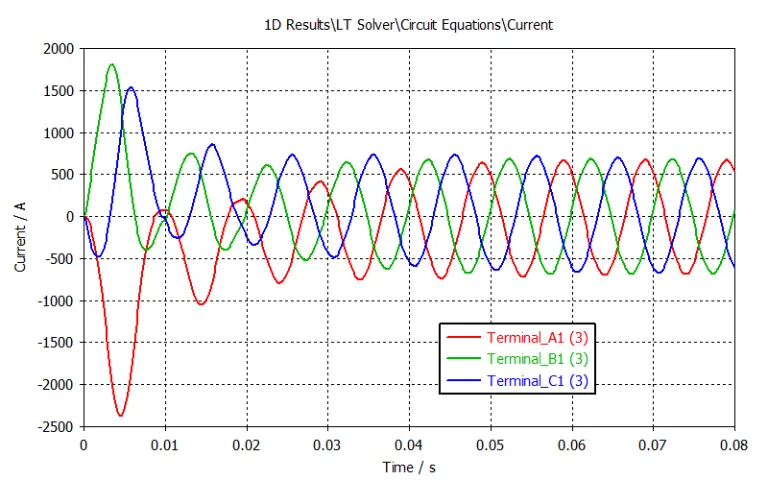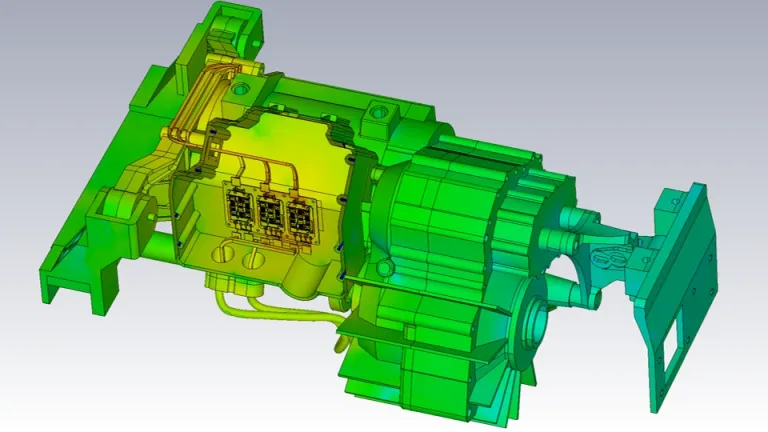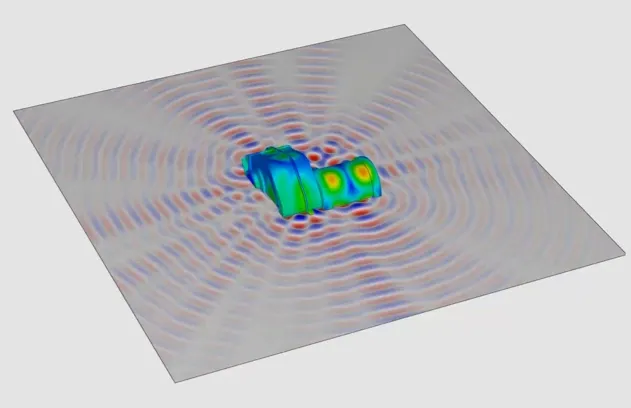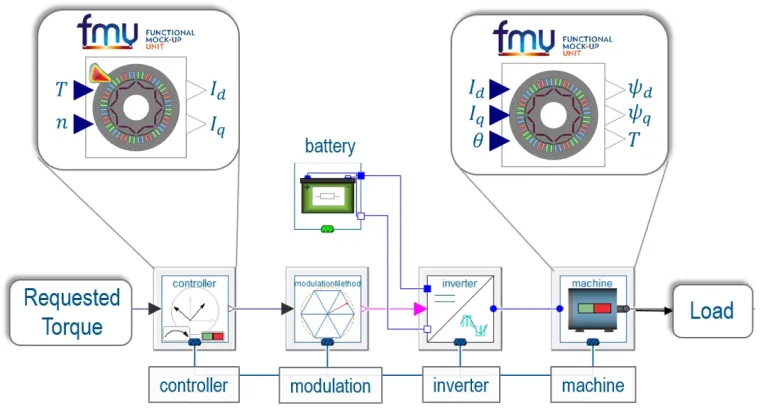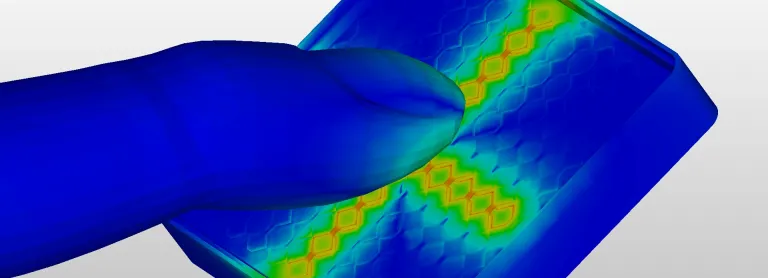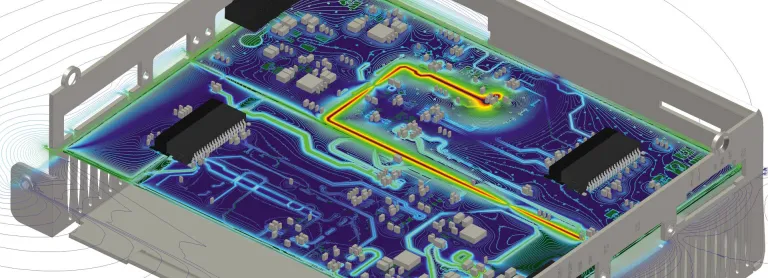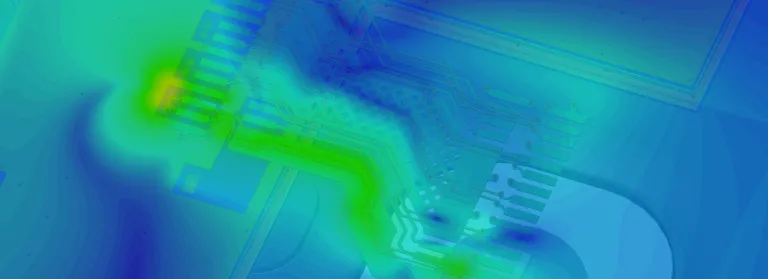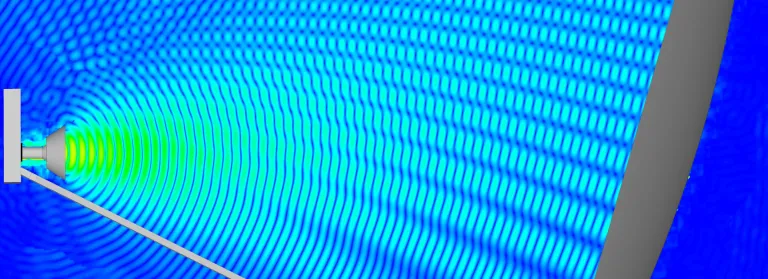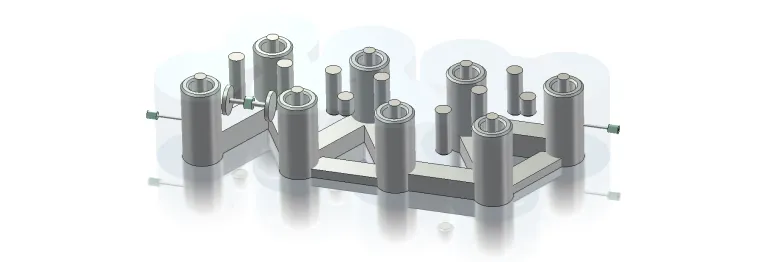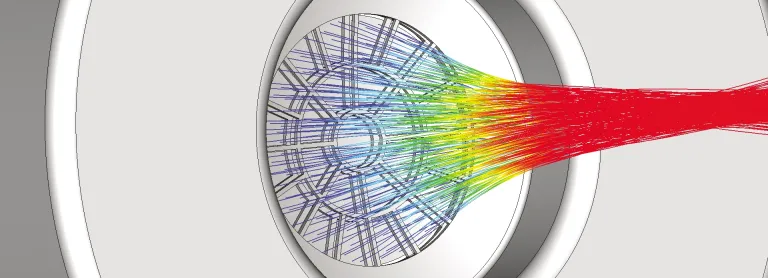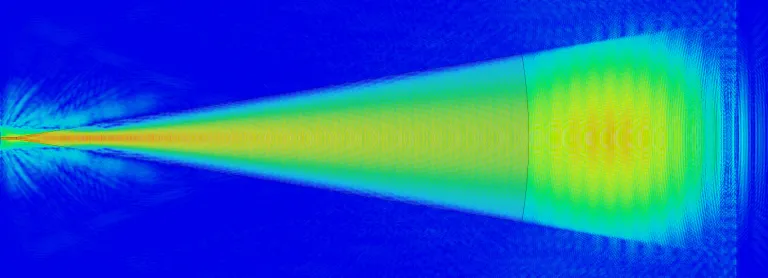Electrical Machine Simulation
Simulation of Electric Motors, Generator and Transformers
The Simulation of Electrical Machines
What are Electrical Machines?
We use electrical machines to convert mechanical energy into electrical energy as a generator, to transform and distribute electric energy, and to convert electrical energy into mechanical as a motor. Electrical machines support our modern life in a multitude of ways and are indispensable to electrification on our way into a more sustainable future with fewer carbon emissions. Maximizing the energy efficiency of electrical machines is crucial to minimizing resource consumption.
What are the Benefits of Simulating Electrical Machines?
Electromagnetic simulation supports performance and sustainability targets by:
- helping to create efficient electric motors that use fewer materials,
- provide higher efficiency,
- and produce less noise and vibration.
Engineers can optimize their electromagnetic designs to produce maximum efficiency in the required operating regime and to find the best trade-offs between competing design factors.
How are Electrical Engines Simulated?
Electrical engines are complex devices that, by definition, require multiphysics simulation capabilities. Electromagnetic forces translate into torque in an e-motor. In reverse, a generator uses mechanical rotation to generate electromagnetic power. In modern electric vehicles, the same electric traction motor also serves as a generator to recover energy through regenerative braking. Analyzing the conversion between the two requires a motion analysis, capturing the changing behavior of the machine over time.
Ripples in the torque curve can give rise to noise and vibration in the machine. The large currents inside electrical machines can also cause significant heating. The precise evaluation of the coupling of electrical to mechanical forces requires comprehensive material modeling options. Besides the traditional electric losses in realistically modeled conductors, modeling options also include magnetization and demagnetization effects of materials in service. We are able to consider iron losses such as eddy current, hysteresis, and excess/rotational losses explicitly during the simulation. The losses can be used in a thermal analysis of the machine.
System Simulation of an Electric Drive
An electrical machine is always part of a larger system, with electrical circuits and controllers on one side and transmission mechanisms and gearboxes on the other. The simulation model can be connected as a functional mock-up unit to a representation of the entire system, including controllers, for a system simulation of the behavior of the machine in real-world scenarios.
Electrical machine KPIs that can be calculated with simulation include:
- Efficiency
- Inductances
- Saturation curves
- Short-circuit analysis
- Open-circuit analysis
- Inrush current/load test
- Switch-on transients
- Losses – copper, eddy-current, hysteresis
- Dynamic forces on coils
- Noise and Vibration
Electrical Machine Simulation Applications
- Efficiency Maps
- Switch-On Transients
- Stray Field and Shielding Analysis
- Noise and Vibration
- System Modeling
Efficiency Maps
Energy efficiency is crucial for reducing operating costs, increasing vehicle range and meeting sustainability goals. Simulation can optimize electrical machines to increase efficiency. Efficiency typically varies according to speed and torque; automated simulation can quickly calculate and map efficiency over the entire operating regime without the time and cost of physical testing.
Switch-On Transients and In-rush Current
When a machine is switched on, current rushes into the coils. This current produces transient effects that are different from the machine’s steady-state operation. Time-domain simulation models the machine's behavior in the first critical moments and helps ensure that it can reach optimal performance from a stationary state.
Stray Field and Shielding Analysis
The field strength inside a large motor or generator can be immense, and these fields are capable of interfering with sensitive devices. Shielding prevents field leakage, but adds cost and weight. Simulation allows shielding optimization to target the places where it is needed most to meet electromagnetic compatibility (EMC) requirements and weight requirements together.
Noise and Vibration
For many applications, especially motors for domestic appliances and electric vehicles, noise and vibration are two of the most important KPIs to target. Noise can be caused by magnetic effects (for example cogging torque), mechanical effects (for example bearings), or windage (airflow through the machine). Multiphysics simulation can model these different sources and help to minimize or mitigate noise and vibration.
System Modeling
Electrical machines are often controlled by electronic systems. The system delivers power matched to the motor's required load and operating speed. Understanding performance requires considering the controllers. System simulation can integrate the electrical machine model into a representation of the whole system to model torque and efficiency under realistic load conditions.
Start Your Journey
Explore the technological advancements, innovative methodologies, and evolving industry demands that are reshaping the world of Electrical Machine Simulation. Stay a step ahead with SIMULIA. Discover now.
FAQs about Electrical Machine Simulation
Also Discover
Learn What SIMULIA Can Do for You
Speak with a SIMULIA expert to learn how our solutions enable seamless collaboration and sustainable innovation at organizations of every size.
Get Started
Courses and classes are available for students, academia, professionals and companies. Find the right SIMULIA training for you.
Get Help
Find information on software & hardware certification, software downloads, user documentation, support contact and services offering

